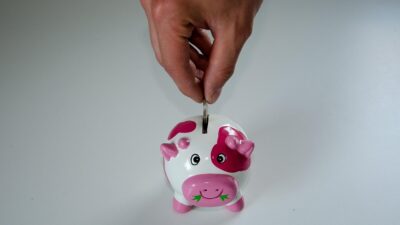In the realm of design and innovation, nature often serves as the ultimate muse. The concept of biomimicry—the practice of emulating nature’s strategies—has unlocked pathways to groundbreaking advancements across various fields. One of the more surprising teachers in this sector has been the humble mouse. Through their unique adaptations and behaviors, mice have illuminated innovative designs that could reshape technology, architecture, and sustainability.
The Super Sneak: Innovations in Mobility
Mice are notorious for their agility and speed, moving effortlessly through diverse terrains. This agility is not just an instinct but is deeply rooted in their anatomy and neurology. Their lightweight body, combined with powerful hind limbs, allows them to maneuver quickly, avoiding predators.
Application in Robotics
Engineers and roboticists have taken a page from the mouse playbook, leading to the development of small, agile robots designed for search-and-rescue missions in disaster zones. For instance, researchers have created robotic mice that mimic the locomotion of their biological counterparts to navigate through rubble and tight spaces, showcasing remarkable flexibility and efficiency—traits that traditional robots often lack.
Sensory Perception: The Nose Knows
Mice possess an extraordinary sense of smell, with over 1,000 olfactory genes dedicated to detecting various scents. This ability has significant implications for safety, health, and environmental monitoring.
Advancements in Detection Technology
Inspired by the mouse’s sensitive olfactory system, scientists are developing advanced sensor technologies for detecting hazardous materials, pollutants, and even diseases. For example, bio-inspired electronic noses incorporate millions of synthetic sensors that mimic the neural pathways of mice, offering heightened detection capabilities for emergency responders and environmental agencies.
Building Resilient Structures: The Mouse Burrow
Mice are expert architects, constructing intricate burrow systems that provide safety and sustainability in their habitats. Their burrows are designed to keep them warm, dry, and safe from predators, demonstrating an innate understanding of their environment.
Innovations in Architecture
Architects and engineers have studied these burrows, leading to innovations in sustainable building practices. For instance, structures inspired by mouse burrows feature natural insulation, maximizing energy efficiency and enhancing resilience against extreme weather. This passive design harnesses surroundings to create functional living spaces while minimizing environmental impact.
Community Dynamics: Social Networking and Collaboration
Mice are social creatures that live in complex communities. They communicate through a mix of vocalizations, pheromones, and body language, ensuring collective survival. Their social dynamics teach us valuable lessons in collaboration.
Community-Centric Design
Urban planners and community designers have drawn inspiration from these social behaviors to create collaborative spaces that promote interaction and engagement among residents. By fostering communal areas and incorporating shared resources into urban design, cities can become livelier, more connected, and resilient—just like a flourishing mouse colony.
The Future of Innovation Inspired by Mice
As we delve deeper into the lessons that nature teaches, particularly from creatures as seemingly simple as mice, the potential for innovation expands exponentially. From robotics to architecture to community design, the principles gleaned from our rodent roommates open doors to smarter, more sustainable solutions for contemporary challenges.
A Call for Biomimicry
In industries ranging from tech to urban planning, the time is ripe to embrace biomimicry. By studying the adaptability, resourcefulness, and intelligent designs present in nature—especially in seemingly ordinary creatures like mice—we can craft innovative solutions that prioritize efficiency, sustainability, and social cohesion.
Innovation inspired by nature is not merely a trend but a necessity for tackling the pressing challenges of our time. We must honor the lessons taught by nature, utilizing them to enhance human ingenuity and create a harmonious balance between technology and the environment. As we move forward, let the mouse continue to inspire us in our quest for revolutionary design.



